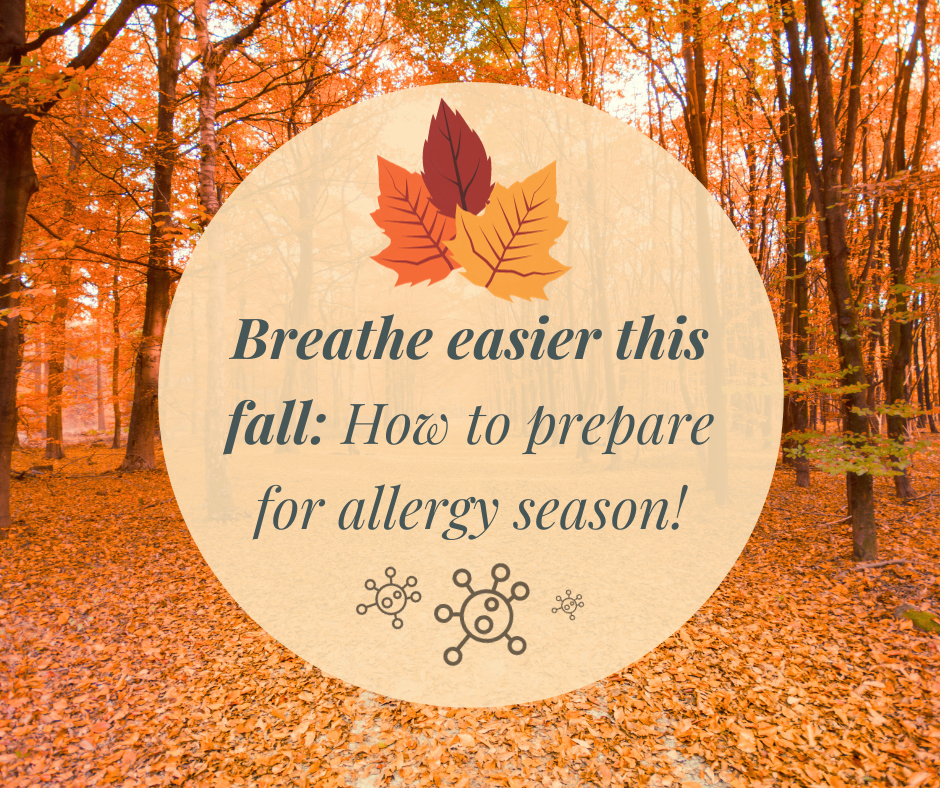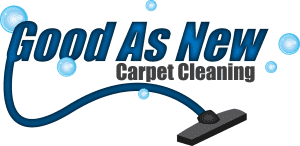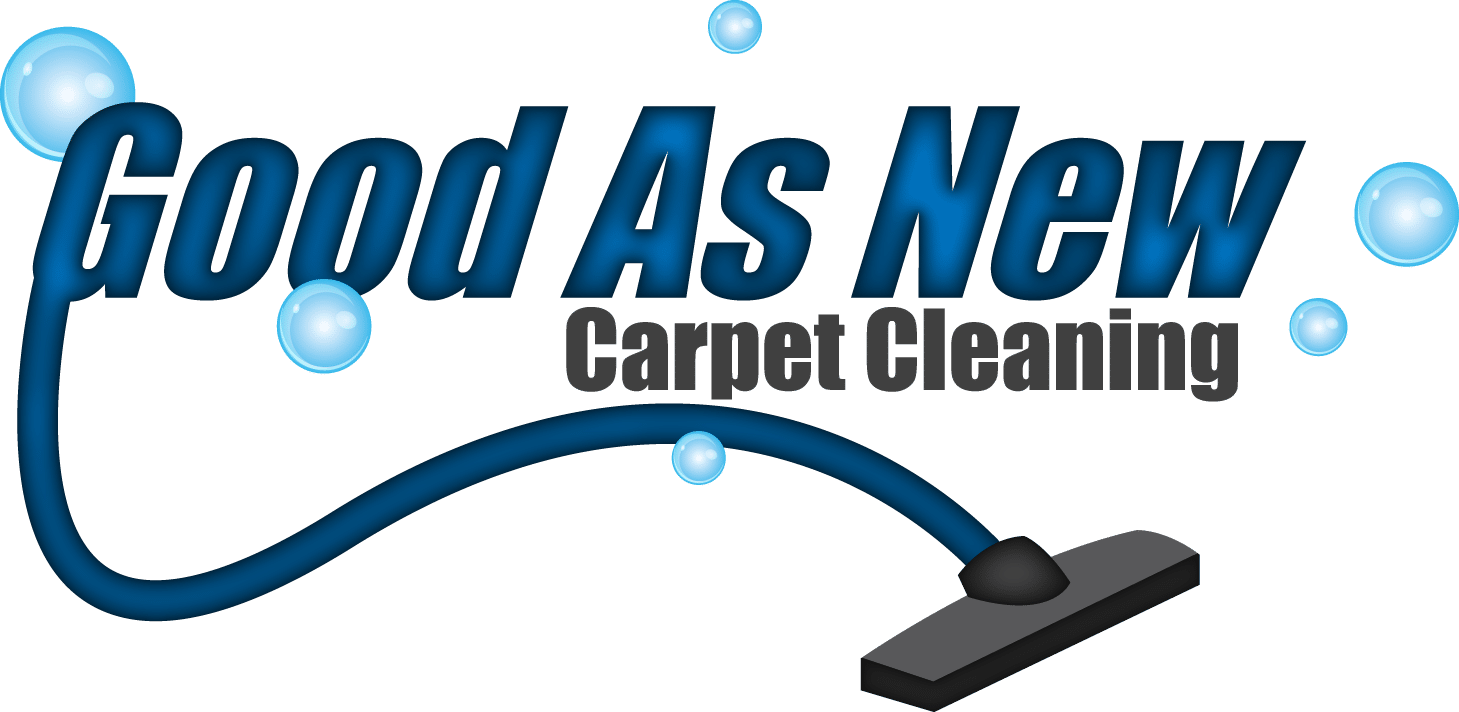Protecting Your Midwest Home Against Allergies
As the Midwest United States transitions from the warmth of summer to the cool embrace of fall, it’s a season that brings about breathtaking foliage and pumpkin-spiced delights. However, for many, it’s also a time when allergies rear their ugly heads. Ragweed, mold spores, and other allergens can trigger sneezing, itchy eyes, and other discomforts. In this blog, we’ll explore some common fall allergies in the Midwest and offer practical tips on how to protect your home from their unwelcome invasion.
Common Fall Allergies in the Midwest
- Ragweed: Ragweed pollen is the primary culprit behind many fall allergies in the Midwest. Its peak season typically spans from August to October, and even a small amount of ragweed pollen can trigger allergic reactions.
- Mold Spores: Fallen leaves and damp conditions in the fall provide an ideal breeding ground for mold spores. These tiny particles can become airborne and cause respiratory issues in sensitive individuals.
- Dust Mites: While dust mites are a year-round concern, their prevalence can increase in the fall as we spend more time indoors with closed windows and doors.
Protecting Your Home Against Fall Allergies
- Regular Cleaning: Start by maintaining a clean home environment. Frequent dusting, vacuuming with a HEPA filter-equipped vacuum cleaner, and washing bedding and curtains can help reduce dust mites and allergens.
- Allergen-Proof Covers: Invest in allergen-proof covers for pillows, mattresses, and box springs to create a barrier between you and dust mites.
- Air Purifiers: Consider using high-efficiency particulate air (HEPA) filters in your home’s heating and cooling systems. Standalone HEPA air purifiers can also help remove allergens from the air.
- Monitor Humidity: Keep indoor humidity levels between 30-50%. This range helps prevent mold growth. A dehumidifier can be a valuable tool if your home is prone to excess moisture.
- Seal Windows and Doors: Ensure that your windows and doors are properly sealed to prevent outdoor allergens from entering your home.
- Leaf Management: Rake and dispose of fallen leaves promptly. Mold can thrive in damp, decaying leaves, so keeping your yard clean is crucial.
- Limit Outdoor Activities: On high pollen count days, try to limit outdoor activities, especially in the morning when pollen levels are typically highest.
- Personal Protection: If you must spend time outdoors, wear a mask and sunglasses to protect against inhaling allergens and minimize eye irritation.
- Medication: Consult with an allergist or healthcare provider to discuss allergy medications or immunotherapy options if your symptoms are severe.
- Consult Professionals: If your allergies persist or worsen despite these efforts, consider consulting a professional allergist for personalized advice and testing.
Overall,
Fall in the Midwest is undoubtedly a beautiful season, but it comes with its fair share of allergens that can disrupt your daily life. By following these tips and being proactive in managing allergens in your home, you can enjoy the crisp autumn air without the constant sneezing and itching. Don’t let allergies dampen your fall spirit; instead, take control of your environment and breathe easier all season long.


